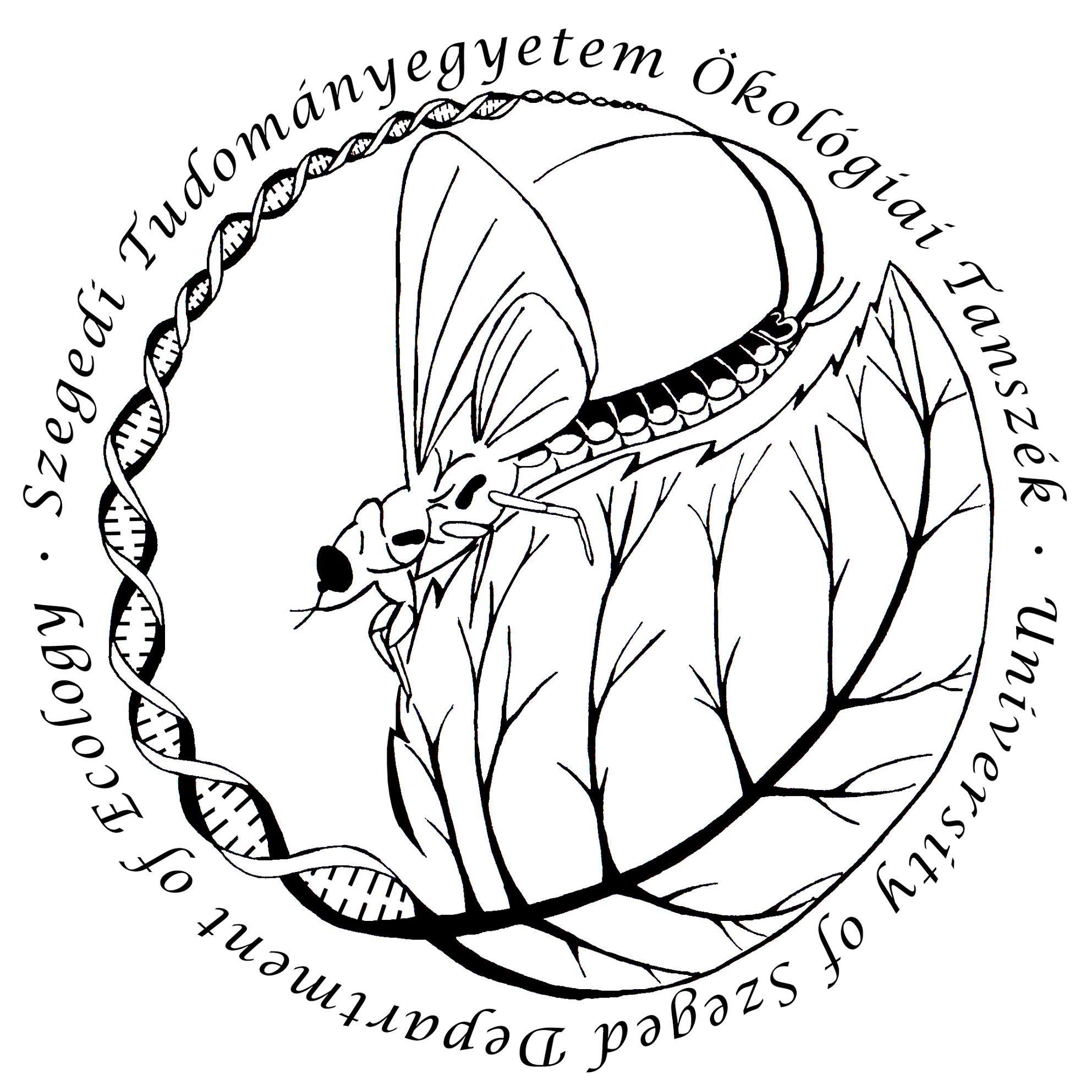 |
Department of Ecology University of Szeged |  |
Magyar |
 |
Department of Ecology University of Szeged |  |
Magyar |
Our research covers a wide spectrum of habitats, species groups and geographical regions. We investigate the relationship between afforestation and climate protection, especially in forest-steppe habitats, in connection with which our department has achieved the most decisive international results. In connection with the special topography of our limestone mountains, we investigate their role for preserving biodiversity, while in the habitats of the Great Hungarian Plain we conduct wide-ranging research in the fields of landscape use, nature conservation managements and wildlife conservation. In the framework of our behavioural ecology studies, we investigate the behavioural characteristics of ants, which have also received a significant international attention.
The knowledge capital accumulated in our department is used in many practical applications. We provide a wide variety of professional services for national parks as the practical executors of nature conservation, such as estimates of animal and plant species, but we also have an impact on the management of various protected natural areas. We also carry out monitoring work for long-term nature conservation programs, such as creating digital vegetation maps.
Main research fields:
Landscape ecology
Many important processes such as dispersal and colonization take place on a larger spatial scale than the habitat itself. The structure of the landscape around the given habitat (the spatial arrangement of different landscape elements) and its composition (the proportion of different landscape elements) also significantly influence biodiversity. In our department, in addition to examining the effects of landscape structure, another main research topic is the examination of the role of linear landscape elements, such as road verges, embankments and canals. Linear landscape elements can preserve part of the species pool, serve as feeding and wintering places, and reduce the effects of fragmentation, providing connections between isolated habitats.
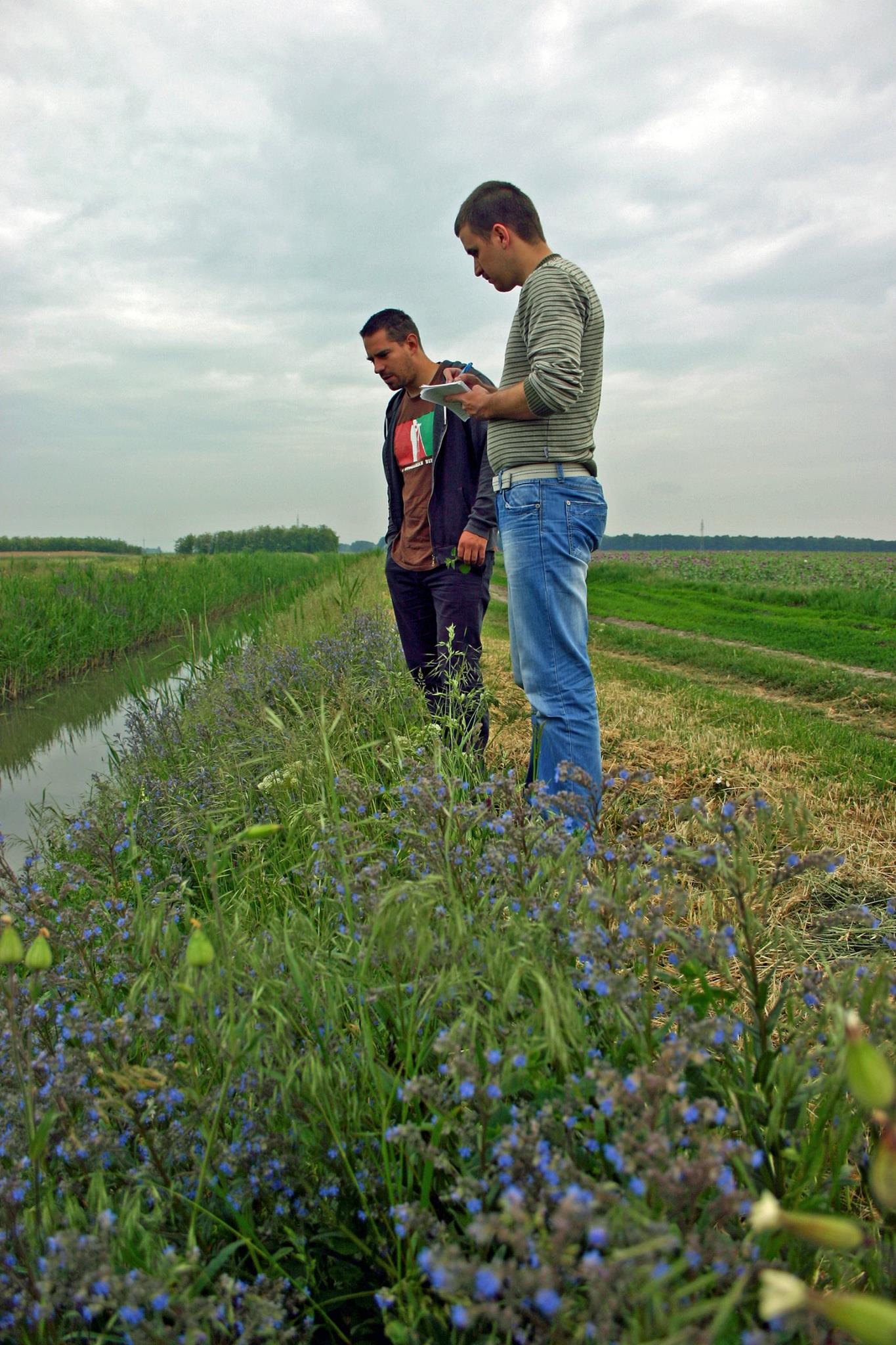 |
Coenological recording
(Photo: Zoltán Bátori) |
Community ecology
Due to their physiological and morphological characteristics, woody plants significantly influence the habitat conditions around them as compared to neighbouring treeless areas. In our research, we reveal the details of these ecosystem engineering effects in forest-steppes, wood-pastures and plantation-grassland mosaics. We investigate the microclimatic effects, the moisture conditions of deeper soil layers, the biomass, species and functional composition of the herbaceous layer, as well as the regional consequences of local effects. The locations of our investigations include the Kiskunság, the North Hungarian Mountains, Erdély (Transylvania), Vajdaság (Vojvodina) and theTorgaj basin in Kazakhstan.
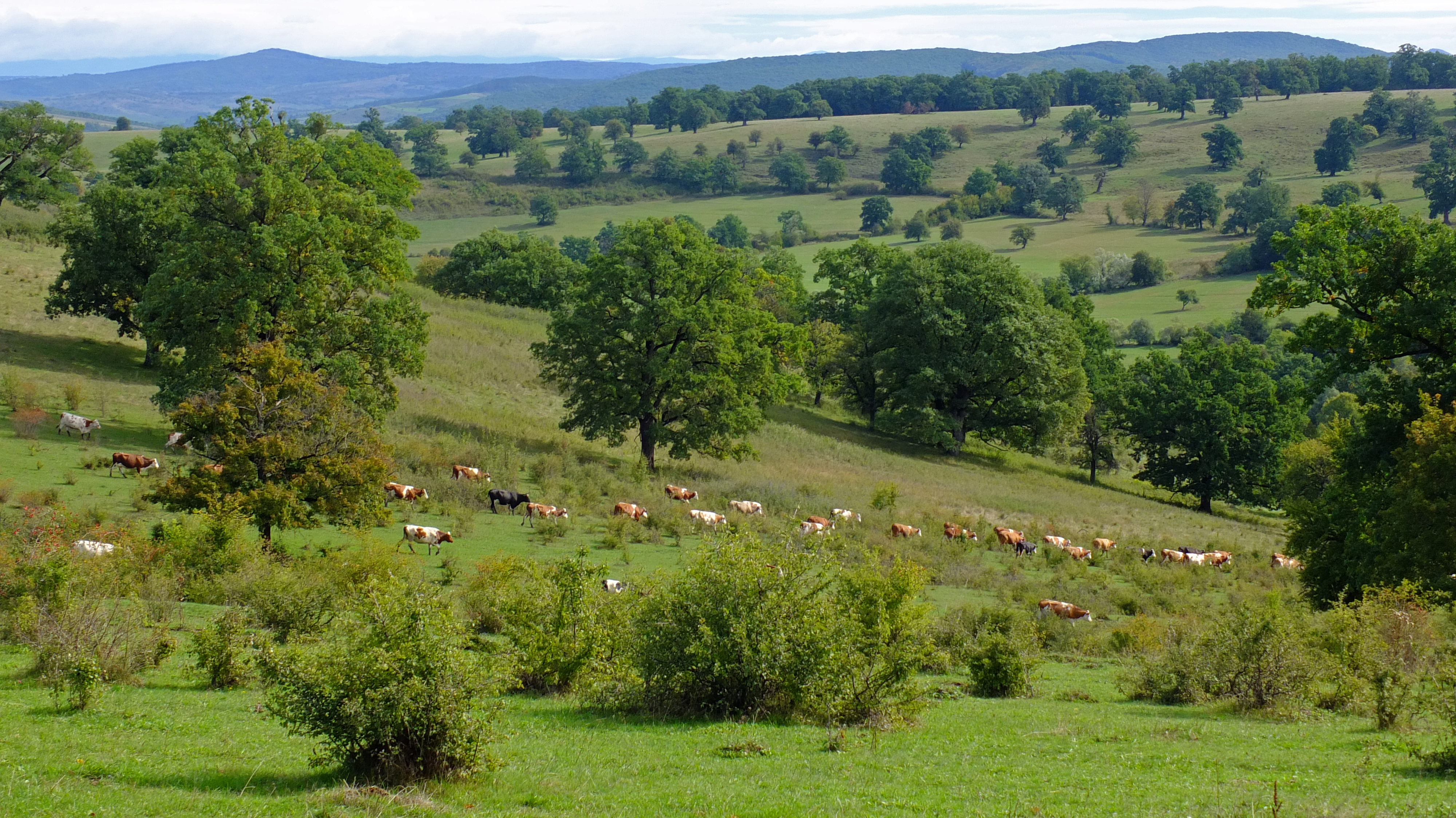 |
A wood-pasture in Erdély (Transylvania), near Kőhalom (Rupea) (Photo: Gábor Lőrinczi) |
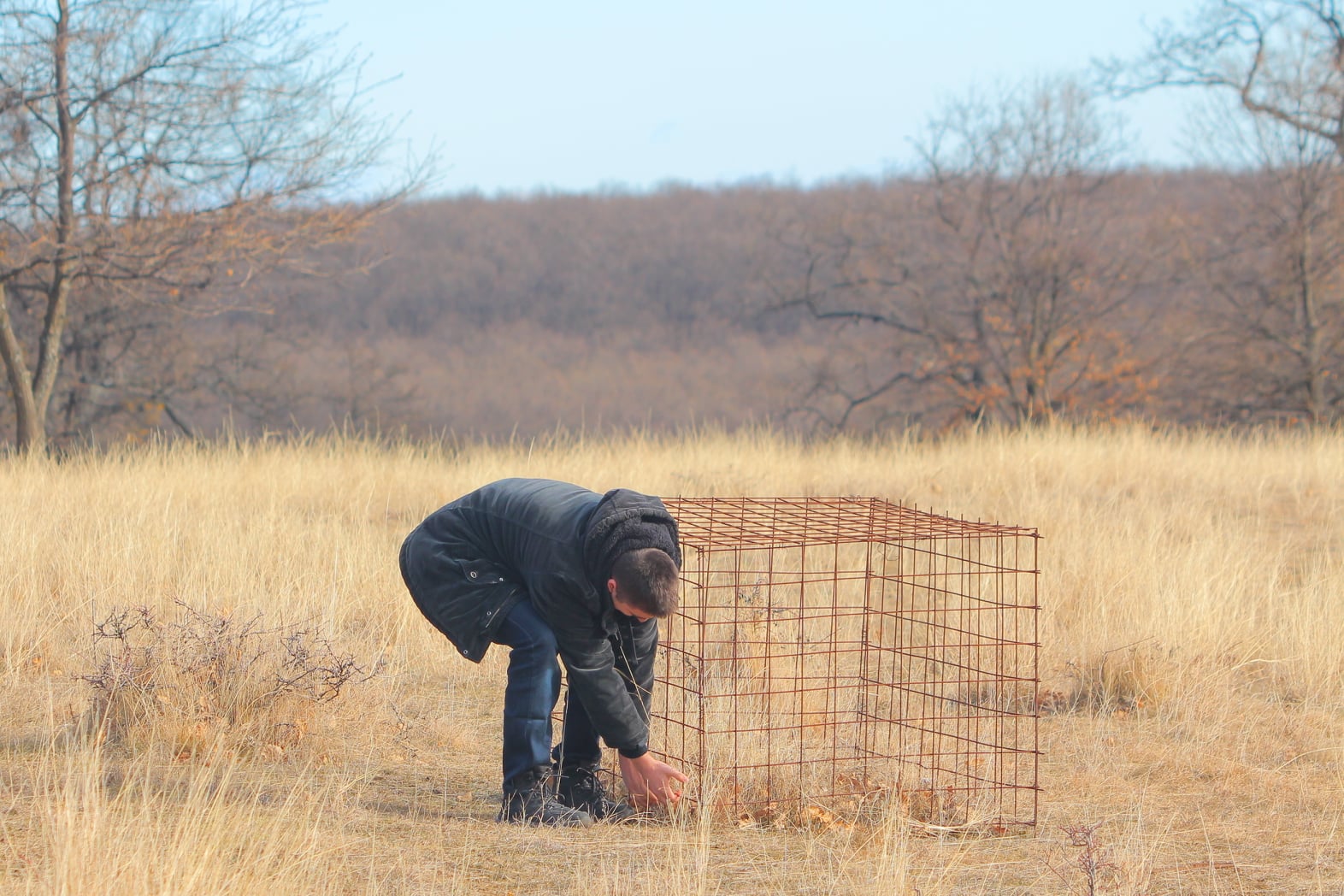 |
Grazing exclusion in a wood-pasture (Photo: András Kelemen) |
Conservation ecology
Examining the effects of climate change on communities
Exploring the wildlife of refuges, connecting biotic and abiotic factors, and monitoring changes in the community structure are of prime importance for a more precise understanding of the effects of climate change.
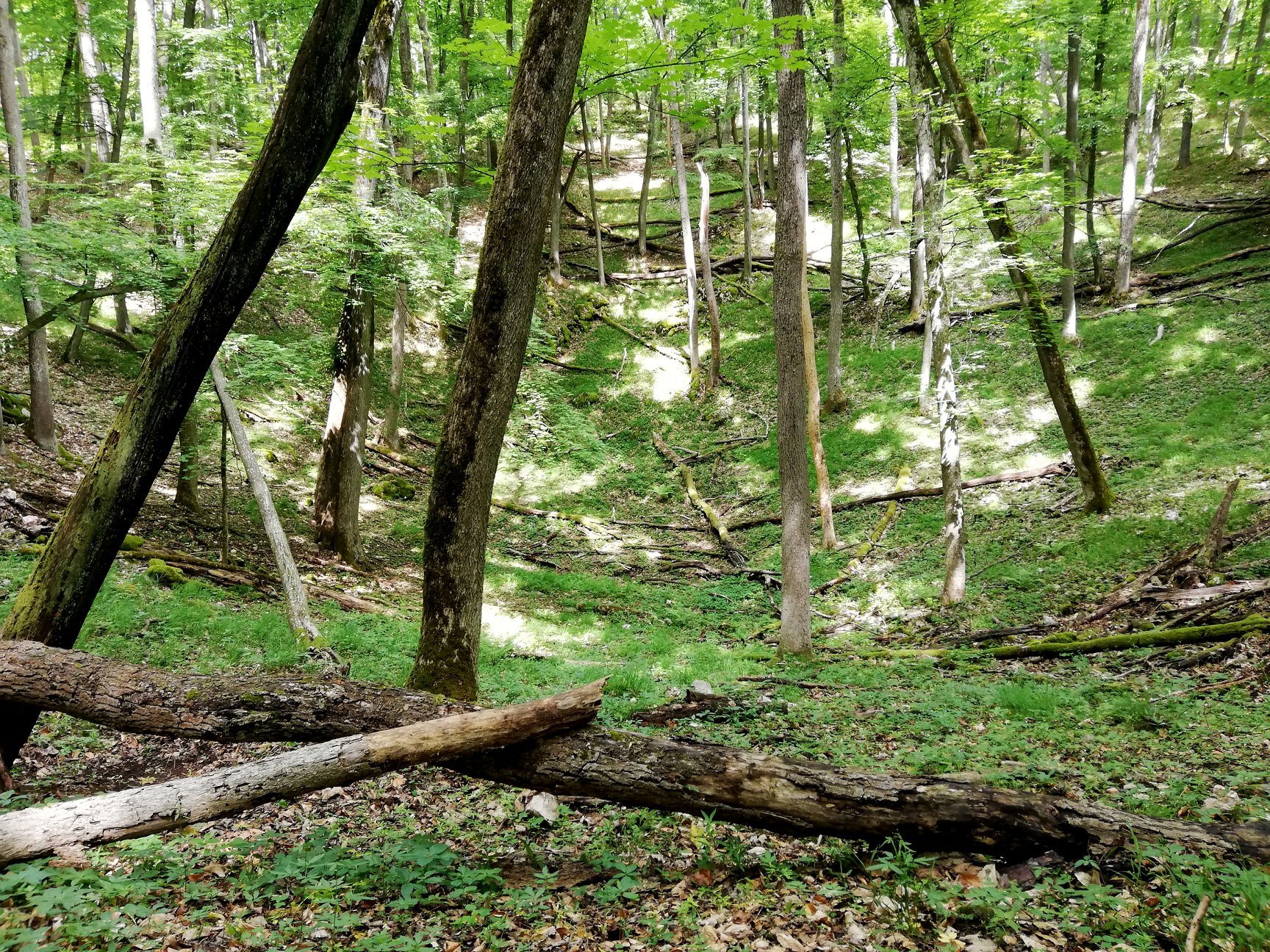 |
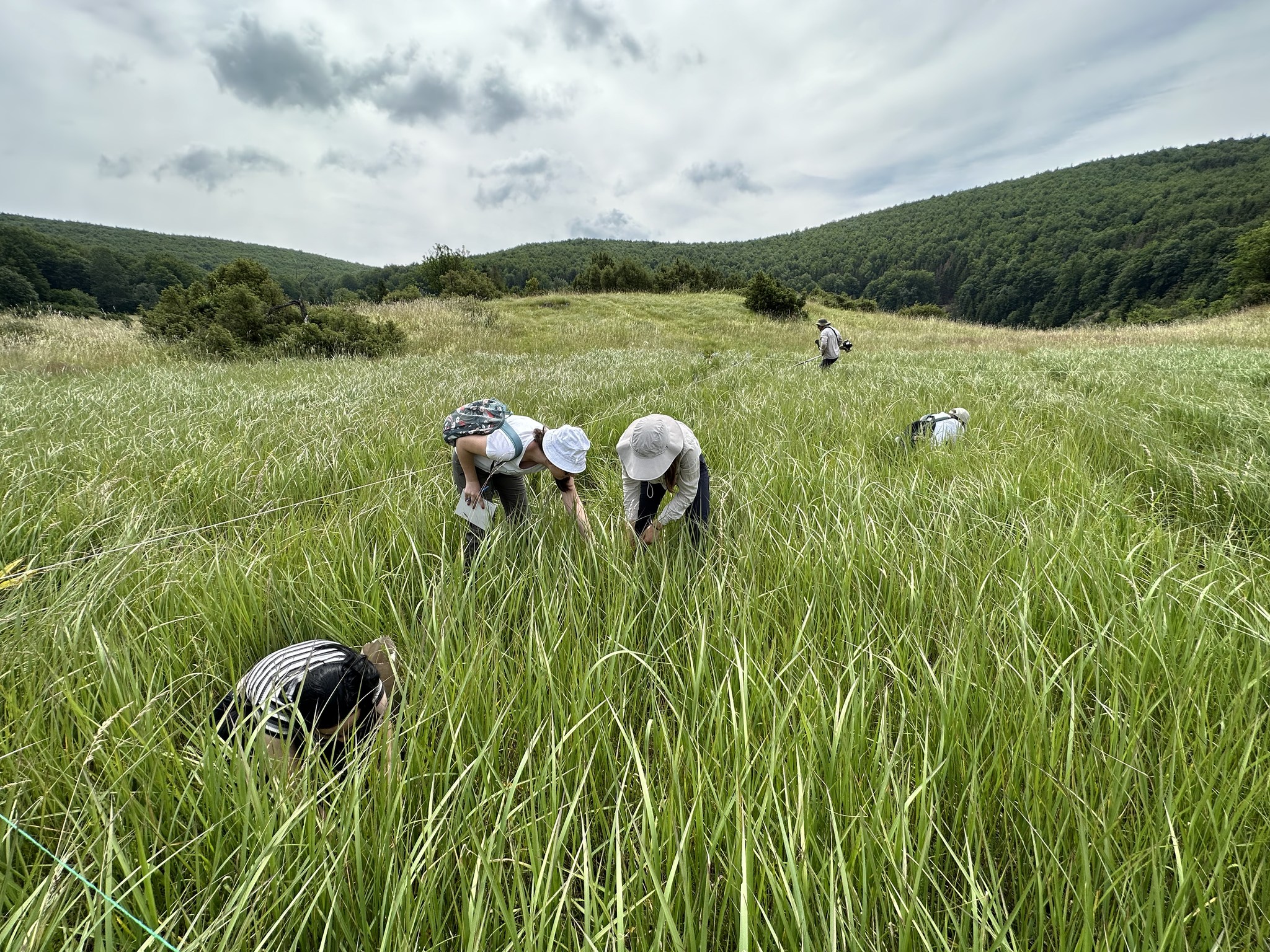 |
A doline covered with natural forest
(Photo: Zoltán Bátori) |
Survey of a doline crowded by bushgrass (Photo: Gábor Li) |
Complex management of grassland habitats
The impact of various treatments, their intensity and method – e.g. the number and timing of mowing in grasslands – on populations and communities needs to be investigated for optimal utilization and management. In various parts of the country, we investigate the effects of the management of grasslands and forest edges on local plant and animal communities.
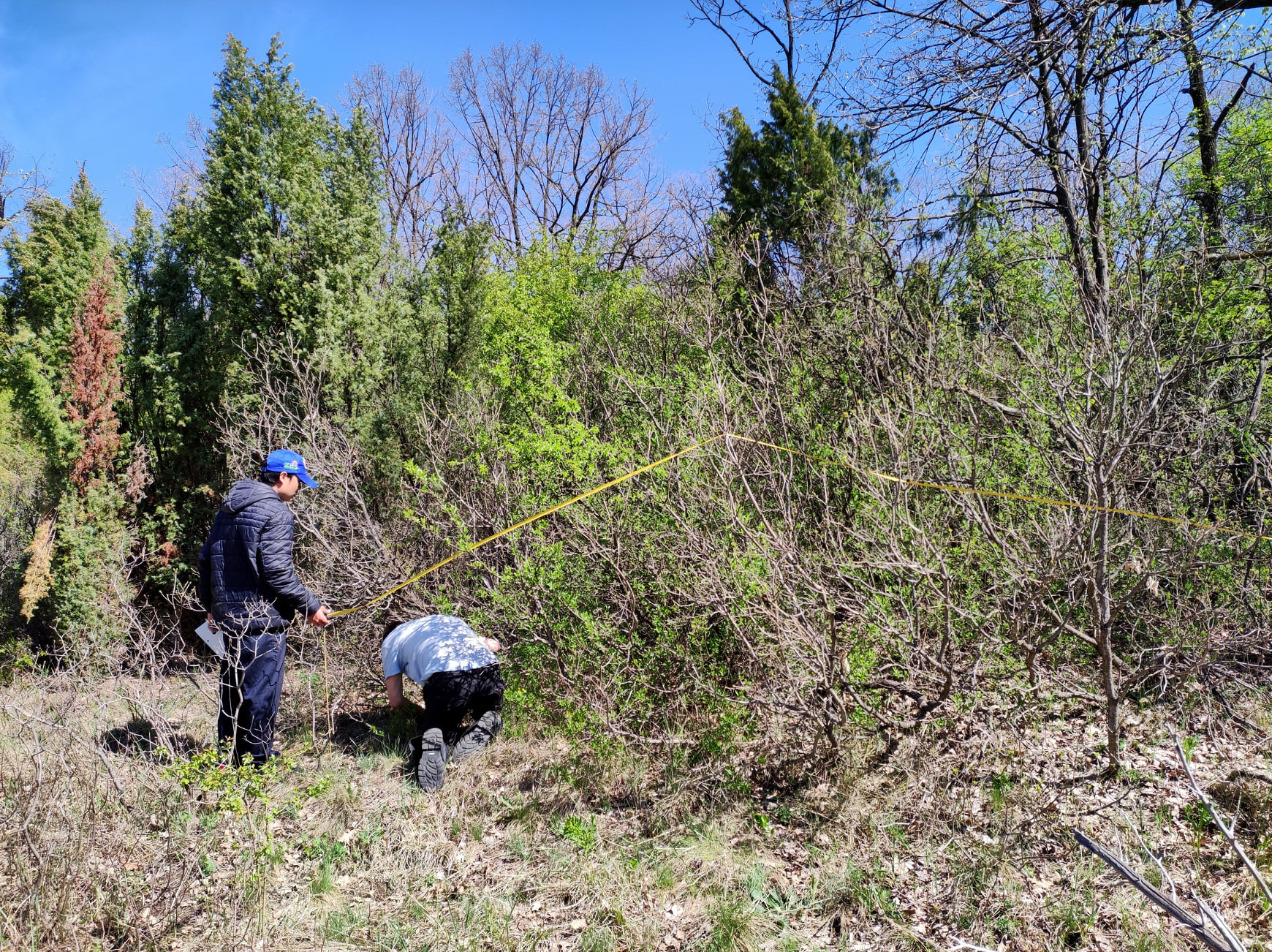 |
Sampling in a forest edge (Photo: Zoltán Bátori) |
Invasion biology
A major problem today is the introduction and rapid colonization of non-native species. We investigate the effects of non-native plant species (e.g. silkweed, goldenrod and sand dropseed) on native vegetation, fauna and hydrological conditions, primarily in the Great Hungarian Plain.
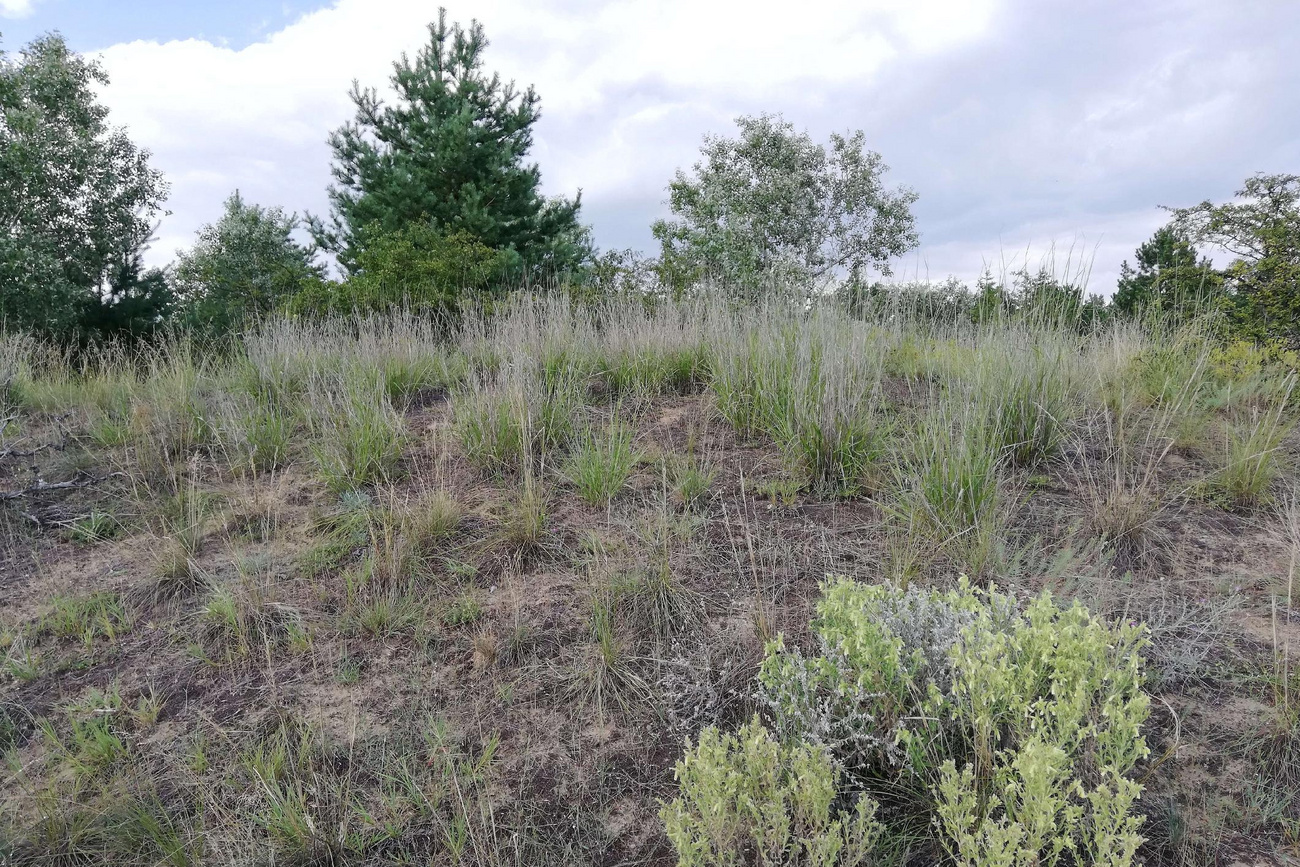 |
Sand dropseed in open sandy grassland (Photo: Zoltán Bátori) |
Behavioural ecology
Our behavioural ecology studies focus on ants, which are considered an under-researched group from this point of view, and which, as a result of their social lifestyle, possess a wide variety of behaviours. In our studies we investigate the personality of ants at the colony and individual level, their hygienic behaviours (e.g. handling of corpses, pathogen recognition), their foraging tool use, and their learning processes both in field and laboratory conditions.
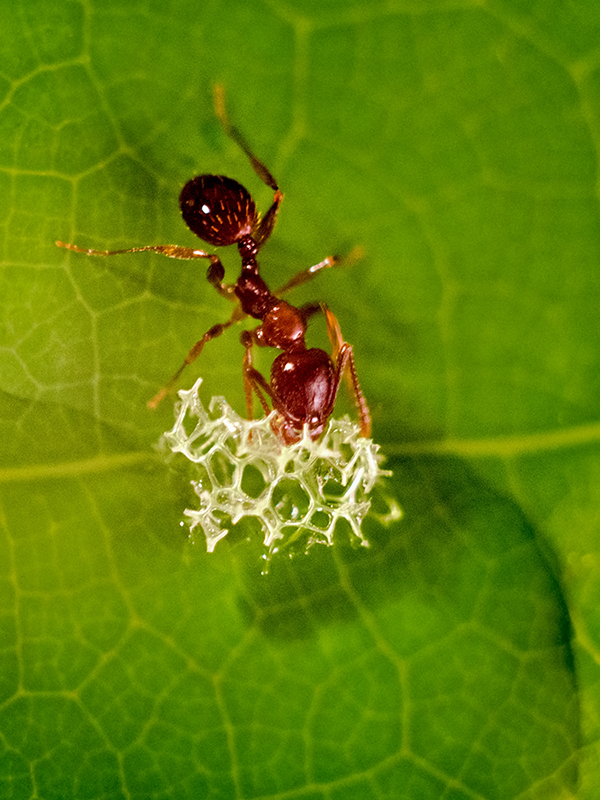 |
 |
An ant worker carrying honey-water using a piece of sponge
(Photo: Imola Bóni) |
Ant workers dropping various tools (soil grains, pieces of leaves and sponges) into honey-water (Photo: Gábor Lőrinczi) |
Projects of the Hungarian Applied Ecology Lab:
See this page.
Current research grants:
The effects of natural and anthropogenic disturbances on the biota of current and potential future microrefugia (2022-2026, OTKA programme)
Leading researcher: Zoltán Bátori
Pioneering solutions to the current challenges of restoration ecology – mosaic and secondary habitats, new forms of degradation (2022-2027, Lendület programme)
Leading researcher: Csaba Tölgyesi
See publication list.